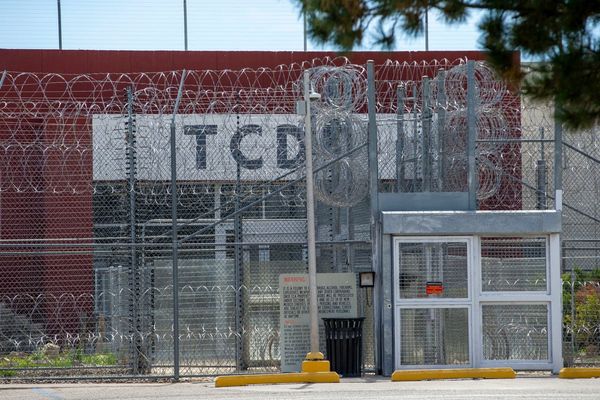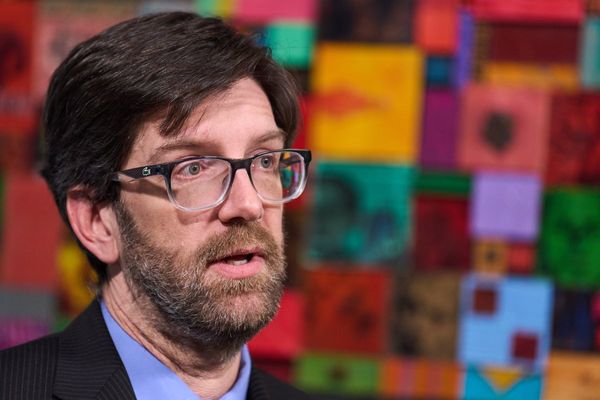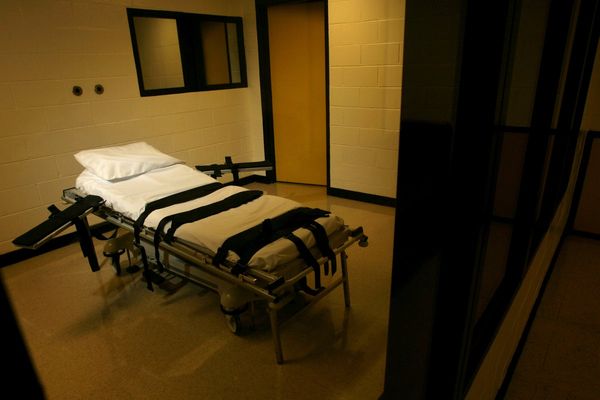Over the summer, Texas Republicans, at the urging of President Donald Trump, redrew their state’s congressional map to boost the GOP’s odds of winning five additional House seats.
That move sparked a rush of mid-decade redistricting efforts in multiple states as both parties seek an advantage in the closely divided House, where Republicans have a threadbare majority to defend in the 2026 midterm elections.
Democrats in California responded to gerrymandering in Texas by passing a new map designed to make it easier for Democrats to flip five Republican-held seats and boost their odds of holding several swing districts.
The map, crafted by the California Legislature and championed by Democratic Gov. Gavin Newsom, can’t take effect without voter approval. Californians will decide the fate of the new congressional lines through a ballot measure known as Proposition 50. Early voting is already underway, and all registered voters were sent a ballot by mail.
Here’s what you need to know about the referendum:
What would the ballot measure do?
Proposition 50 would amend the state constitution to allow the use of the new map drawn by the Democrat-controlled Legislature. That’s a change from the state’s typical process, which relies on an independent citizens commission to draw district lines. The ballot measure stipulates that the maps would remain in place only through 2030, or for the next three congressional elections.
Which members would be affected by the new map?
California’s House delegation has 43 Democrats and nine Republicans. Five of those GOP members would become newly vulnerable under the redrawn map.
The 1st District, represented by Rep. Doug LaMalfa, currently includes a group of deep-red counties in the state’s northeastern corner. Trump carried the district by 25 points last fall, but under the proposed lines, Kamala Harris would have carried the 1st by 12 points, according to Inside Elections.
The 3rd District, which runs along the Nevada border and is held by Rep. Kevin Kiley, goes from a district that backed Trump by 4 points to one that Harris would have carried by 10.
In Southern California, the Democratic gerrymander targets two incumbents. It would completely remake the 41st District in Riverside County, held by the longest-serving Republican member of the delegation, Ken Calvert. The seat would move from one Trump carried by 6 points to one that would have supported Harris by 12. And the 48th District, currently held by Republican Darrell Issa, would shift from one that backed Trump by 15 points to one that Harris would have carried by 3, with the addition of heavily Democratic sections of Palm Springs and San Diego.
The proposed redraw also colors the 22nd District, a perennial battleground seat in the Central Valley, slightly bluer. Republican incumbent David Valadao would see Trump’s winning margin in his district drop from 6 points to 2 points.
On the Democratic side, the new map would significantly reshape several battleground districts, making it easier for the incumbents to win reelection. Those lawmakers include Reps. Josh Harder in the 9th District, Adam Gray in the 13th, George Whitesides in the 27th, Dave Min in the 47th and Mike Levin in the 49th.
How did the map come about?
Initially viewed as a gambit put forth by Newsom to counter Texas, the effort has gained traction in recent months as the larger political battle over redistricting has unfolded.
“When Newsom initially floated this, it was not at all a done deal,” said Eric Schickler, a political science professor at the University of California, Berkeley. “The majority of California voters when this was first proposed had probably not even heard about what was happening in Texas.”
Also, he said, most Californians have a positive view of their independent redistricting commission.
But thanks to an aggressive campaign by Democrats and allied groups, opinions have shifted. Recent polls show the “yes” on Prop 50 side ahead by double digits.
“There was an extensive … effort by Democrats to try to get voters to see this as not about our own commission, but instead about countering Republicans in … other states and countering Trump in particular,” Schickler said.
Who backs the measure?
In addition to Newsom, former Speaker Nancy Pelosi played a pivotal role in raising money and winning Democratic support, according to Schickler.
“She worked really hard to unify [Democrats in] the California congressional delegation behind this,” he said. Under the new map, several Democrats would see their seats become less Democratic to accommodate the new targets.
Former President Barack Obama and Harris also support the effort by nationalizing the race.
“Republicans want to steal enough seats in Congress to rig the next election and wield unchecked power for two more years,” Obama says in one ad. “With Prop 50, you can stop Republicans in their tracks.”
Advocates for the measure said they’ve raised $38 million and, on Tuesday, Newsom urged backers to stop donating, saying, “We’ve raised enough money to win this campaign.”
Who opposes the measure?
Republicans have generally been united in their criticism of Prop 50.
Former Gov. Arnold Schwarzenegger, who advocated the creation of the state’s independent redistricting commission, has been among the loudest voices in opposition. In an interview Sunday on CNN, he blasted both parties, saying, “Texas started it. They did something terribly wrong. And then all of a sudden California says, ‘Well, then we have to do something terribly wrong.’”
Former Speaker Kevin McCarthy had pledged to raise $100 million to defeat the measure — but, as Puck News reported, he’s fallen far short of that goal.
The post What to know about Prop 50, California’s redistricting ballot measure appeared first on Roll Call.







